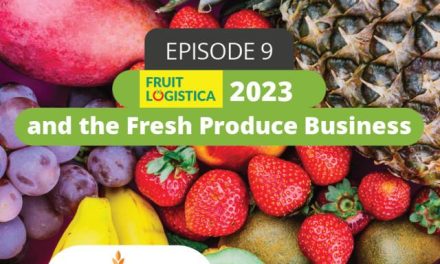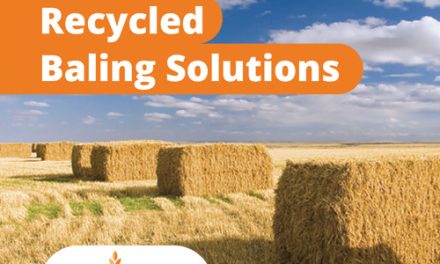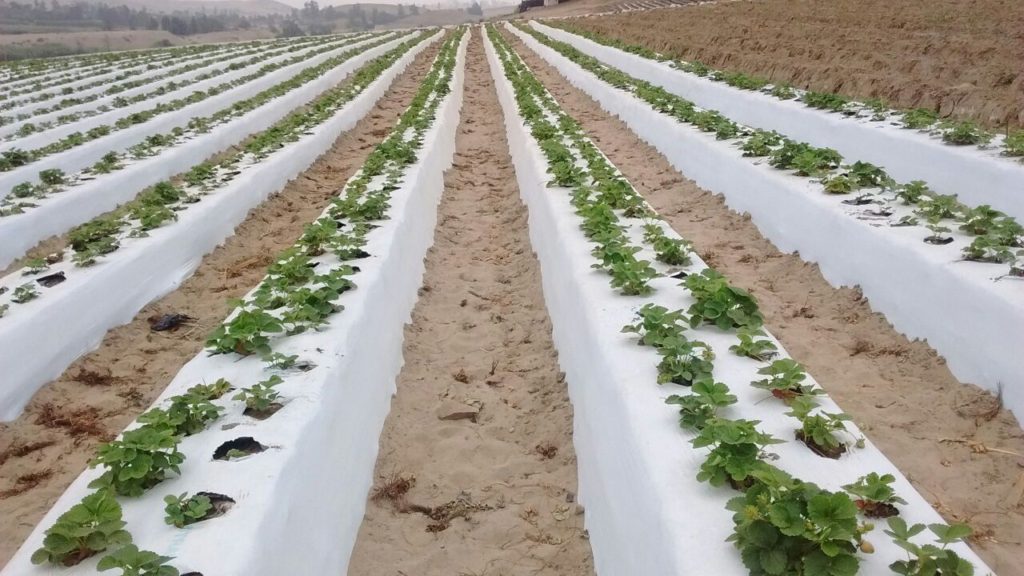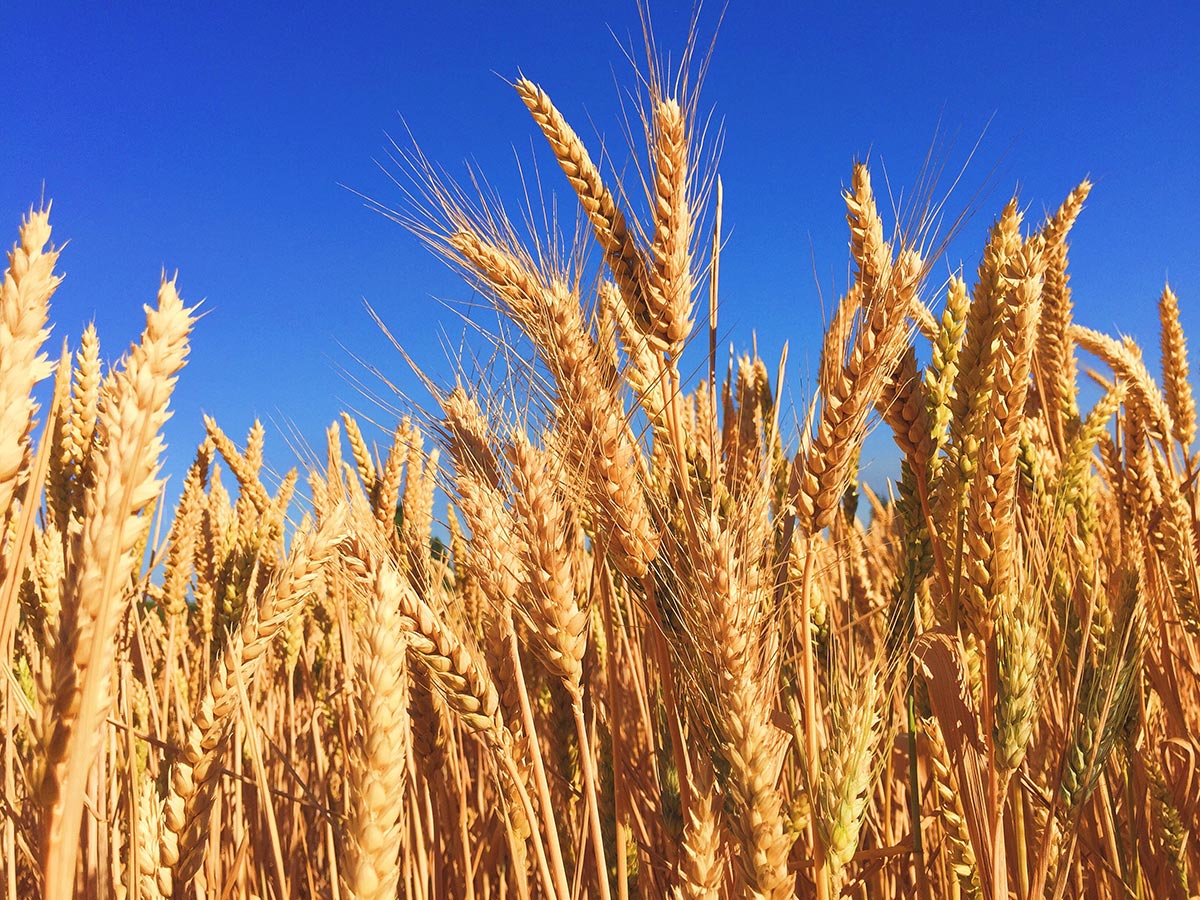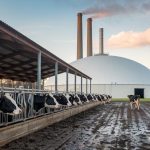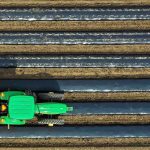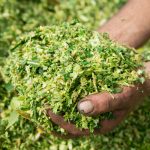
How to cultivate against natural seasons


In the world of agriculture, climatic seasons play a key role to achieve greater production and a better harvest. Farmers often put into practice different strategies to optimize processes and obtain more satisfactory results. That is precisely the case of the technique of cultivating against the season, an alternative to be able to plant the product during different times of the year, without having to wait for the next growing season of that crop. This practice allows producers to achieve two and up to three annual harvests.
Knowing how to cultivate against the season has its complications and requires a lot of expertise on the part of farmers, since it is a valuable option that allows them, among other things, to advance and even extend natural crop seasons, increase productivity and also participate in various windows of supply to the market thus increasing overall financial returns.
An example of this takes place in countries that experience either very cold seasons or extremely hot climates, which cause a significant reduction in food production, so they need to resort to the use of certain tools to help themselves.
To achieve these goals of production off-season, the use of agricultural plastics such as greenhouse covers, mulching or micro tunnels helps create stable growing environments.
There are countries, like Argentina, that are dedicated to the production of seeds against the season as a way of having the main base to produce food during less favourable seasons, thus benefiting not only their local markets but also the demands from other latitudes.
Considerations for the cultivation against the season
Some advantages of cultivating against the season are given by the geographical location and the extensions of land available. For example, those in the southern hemisphere can meet the demands of those in the northern hemisphere and vice versa.
Working with the opposite hemisphere in mind is an important methodology to apply, since it not only benefits agricultural companies located on the North, but also provides benefits for those that are located on the South. Also, cultivating against the season helps increase the genetic gain when the development of new products is put into practice.
It is essential to consider that in tropical regions it is normal for the growing season of a crop to last all year round. However, some of these tropical areas experience heavy rain regularly that may disrupt the production cycle. To prevent this from happening, farmers know that it is essential to use plastics that allow them to protect and preserve the soil structure from erosion as well as the safeguard of the fruits from excess of water and hail impact.
The same happens with regions where the climate is colder where special covers are needed to maximize the quantity of sunlight and heat so that the crops thrive, even in adverse conditions.
In the case of temperate zones, which have differentiated summer and winter seasons, the temperature will be the most critical factor at the time of cultivating against the season and define the growing season of the crop. Usually, the European countries and some countries in America that are closer to the Equator can enjoy extended farming seasons of up to eight months.
In relation to temperature, we invite you to read our post about the similarities between plants and human beings that also includes several tips of interest for the cultivation in temperate zones.
Producers are always looking for alternatives to get the most out of their crops. Below, we provide some data about the benefits of using plastics to cultivate against the season as well as some details to consider in order extending the growing season.
A sustainable and innovative option
Plasticulture is becoming increasingly popular among producers since it has helped them improve the quality of food, increase production in cultivation against the season and drastically reduce the ecological impact of agricultural activity.
Aside from guaranteeing production throughout the year, the use of plastics in crops allows producers to unify the quality of the crops. It also contributes to the optimization of resources such as water, fertilizers, labour and soil, helping to prepare the soil for harvest.
An example in Spain where the use of this technique has brought great benefits is Almeria. This region has experienced a remarkable growth in the development of crops under cover over the last years, thus turning this area characterized by its semi-desertic nature into a high productivity area, as stated in an article published in the magazine Internos de Argentina.
Beyond planting fruits, flowers and vegetables, the use of plastics helps to take specific actions against climatic adversities, allowing farmers to design suitable environmental conditions to produce food continuously and for a longer period.
Water is a vital aspect and, when plastics are used, it is possible to take maximum advantage of it more efficiently, especially in dry areas where the collection of rainwater is crucial to avoid the loss of nutrients from the soil. Besides, the use of pesticides is drastically reduced once closed spaces are created as greenhouses, since the plastic prevents these chemicals from going into the atmosphere.
Extending the growing season is possible
One of the main steps farmers have to take is to familiarize themselves with the microclimate of the crops, know their specific agronomical requirements and manage the records that are generated annually, since the weather is not the only influential factor, and there is also the geographical location and type of food-crop being cultivated.
If the goal is to have several microclimates, it would be ideal to study carefully the type of plastic that each of them will need to enhance the growth of crops throughout the year, as well as to extend the useful life of the plastic film.
Planting constantly helps extend the harvest period even longer, for example, if seeds are planted subsequently and seedlings are established from the same variety, transplants will be ready for the harvest season before the vegetables planted directly are even ready.
You can also try to plant several types of seeds or vegetables that ripen at their own pace, so you can measure their reaction according to the changes of the weather during each season and make the necessary corrections. The biggest advantage of this strategy is the fact that the soil remains productive and weeds are under control.
Each year is different from the previous one, so it is important to keep in mind that early frosts or unforeseen heat waves may result in the interruption of the growth cycle of the plantation, and that is precisely when the plastic film must be present. Although there are those who believe that its use represents an unnecessary expense, the reality is that agricultural plastics are ideal to control the entrance of sunlight, rainwater and air, as well as to create a favourable environment for the optimal use of resources. All this enables the reduction of costs, the optimization of the farm structure and overall increase in economic profitability.


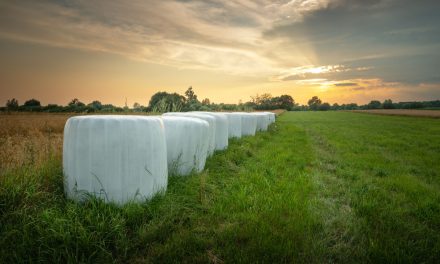
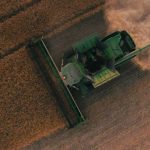

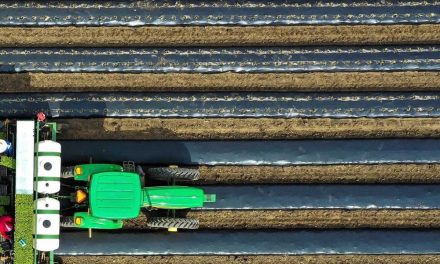



![[eBook Trends in Agriculture Plastics] Increasing use of biodegradable mulch](https://agriplasticscommunity.com/wp-content/uploads/550 × 310_2_ENG-440x264.png)
![[eBook Trends in Agriculture Plastics] Reducing the plastic used in the manufacture of agricultural films](https://agriplasticscommunity.com/wp-content/uploads/550 × 310_1_ENG-440x264.png)






